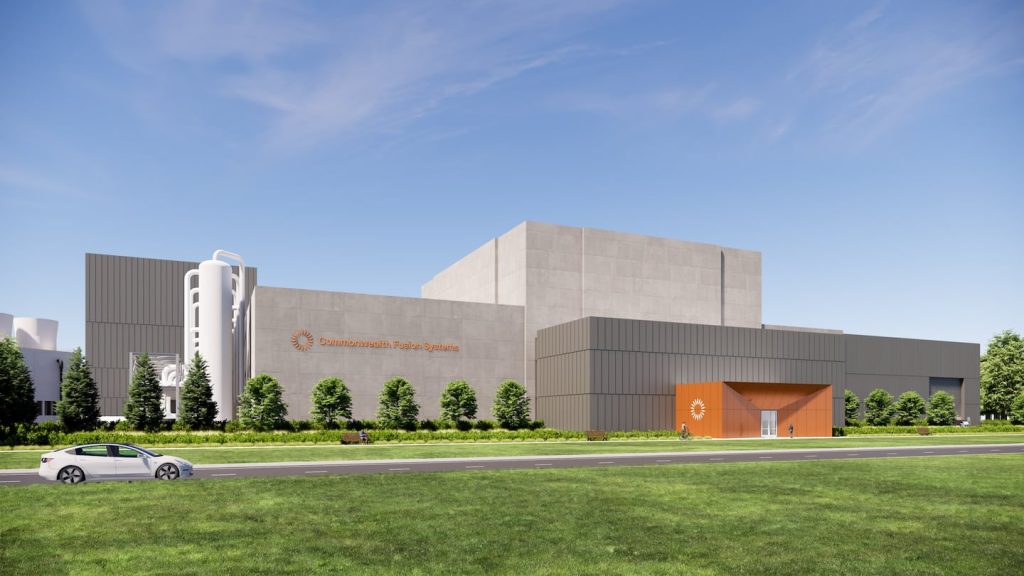Sometimes described as the “Holy Grail” of clean energy, the fusion process generates heat, which can be used to make electricity, by joining atoms together. Fission, used in current nuclear plants, splits atoms apart.
The same process that powers stars, fusion can be fueled with hydrogen and produces no long-lasting hazardous radioactive waste. And unlike fission, fusion cannot trigger a runaway reaction or a meltdown. But Commonwealth and its rivals still have yet to prove they can build a commercially viable fusion power plant.
The Devens demonstration plant, called SPARC, is about 65 percent completed and could be turned on in the next two years, Commonwealth chief executive Bob Mumgaard said in a call with reporters on Wednesday.
Even as the Devens demonstration plant nears completion, Commonwealth is planning to build a larger commercial plant in Virginia, capable of producing 400 megawatts of electric power, enough to supply 150,000 homes, by the mid-2030s.
Outside experts said they were still awaiting proof that Commonwealth — or any other startup — could sustain a fusion reaction that generated more energy than it took to sustain.
Until Commonwealth brings the Devens project online, no one knows “whether the experimental results align with the theoretical predictions,” said Saskia Mordijck, a physics professor who has studied fusion. “Operations on SPARC will determine if their approach from engineering to physics can extrapolate to their proposed [Virginia] power plant.”
Mumgaard insisted that his company has a roadmap to a working fusion machine. “This round of capital isn’t just about fusion generally as a concept,” he said. “It’s about how do we make fusion into a commercial industrial endeavor.”
Although Commonwealth and other startups have made “important progress,” they may be overly optimistic about building functioning power plants, however, according to Harvard professor and former White House science adviser John Holdren.
“The further technological problems that must be solved to get from breakeven to a practical fusion reactor are so formidable that final success is unlikely before 2050,” he said.
Commonwealth also will have to raise billions of dollars more to complete the Virginia plant, but the company has not yet determined how it will raise the needed capital, Mumgaard said. “We have a couple of years to [figure it out],” he said.
Big tech companies, which have access to plenty of capital, will likely put up more money to support fusion plants, as their growing AI data centers are creating a need for more power, the company said.
“AI can transform the world but [Commonwealth] needs to power that transformation,” longtime venture capitalist Vinod Khosla, who is backing the company, said on Wednesday’s press call. “Both projects are critical to an era of abundance we can establish.”
Commonwealth declined to disclose the size of the ownership stake it sold in Thursday’s deal or the implied valuation for the entire company. Commonwealth last raised money in 2021, when it brought in $1.8 billion from investors in the largest venture capital deal in Massachusetts history.
Material from prior Globe stories was used in this report.
Aaron Pressman can be reached at aaron.pressman@globe.com. Follow him @ampressman.

